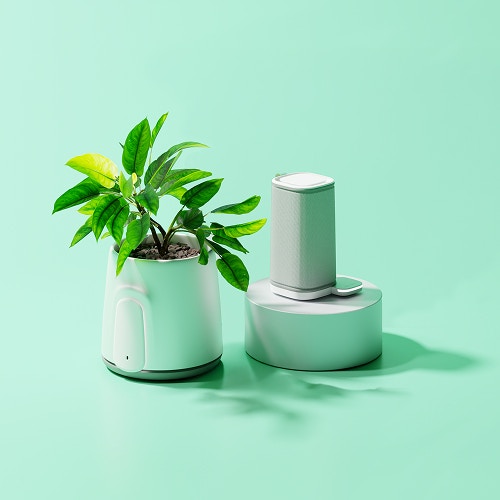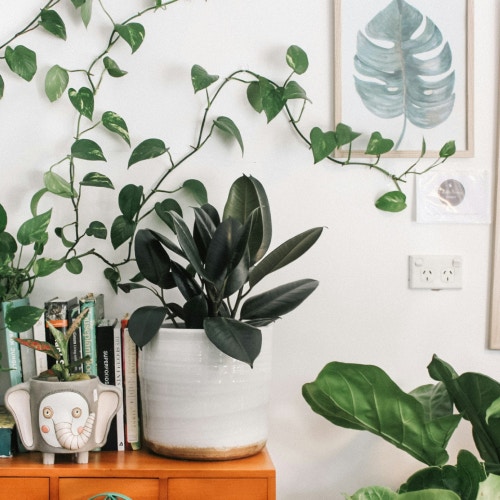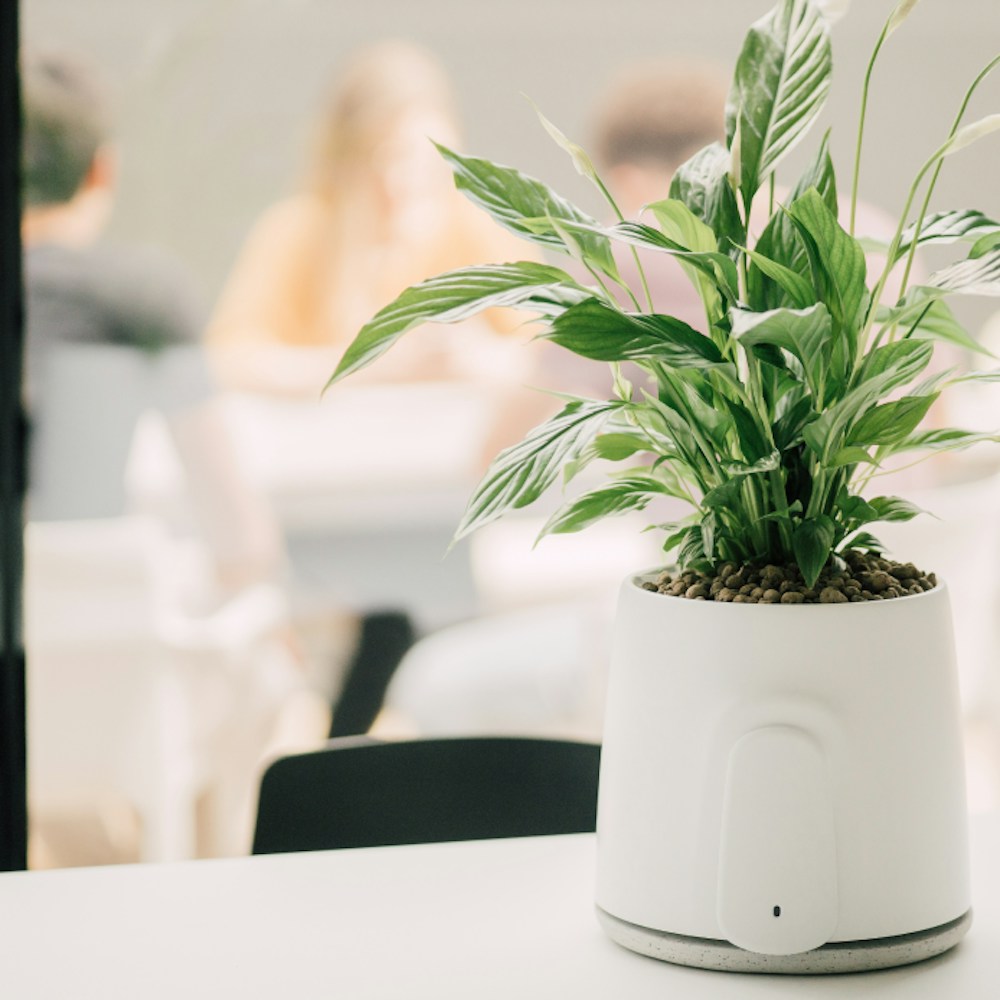
The difference between HEPA and PCO filters
→
How to choose the best air purifier on the market.
Recently the issue of indoor air purification has been growing more and more, because people's time at home has increased, as their attention to pollutants that are harmful to our health.
Every day we take about 20,000 breaths, so we can say that if the quality of our air were not good, our health and our body would suffer. So it is our duty to take care of our health, using purifiers that allow us to obtain safe, clean, and fresh air to face our days at home with serenity.
However, there are many doubts about which are the best solutions among the various purifiers because as the market is constantly expanding, the choices for consumers have also increased. Choices that can cause uncertainty and doubts in understanding the various differences that distinguish the various purifiers for indoor environments. Let's now analyze in detail the main types of filters that can be purchased on the market and why photocatalysis is an interesting and valid option for our well-being.
The importance of the filter
If we talk about an air purifier, the most important element to analyze is certainly the filter, which is the place where the real purification process takes place, where pollutants present in the airflow are removed.
Therefore, one of the points to be taken into consideration to judge the performance of an air purifier is the filter's ability to be effective in the purification process.
But what are actually the alternatives that a consumer can rely on? What are the differences between the various purifiers? Are there any technologies that are different from each other? What is the best choice? Let's find out together!
Best solutions
Dominating the air purifiers market are two major companies, which are often combined despite being very different from each other: HEPA and PCO technologies. They differ greatly in:
- capacity for purification
- mode of purification
- filter life
- costs
- environmental sustainability
Even though they are of a totally different nature, it is right to compare these two types of purification to fully understand which choice belongs to your needs.
HEPA and PCO technologies are the best choices on the market in the world of air purification and both have their pros and cons. But there are substantial differences that it is good to bring out, to give people more awareness about their functioning and how they are used in the long term. In fact, once bought, it is difficult for a person to give up having healthy and clean air after noting the benefits for their health.
The goal for Vitesy is to help people discover the benefits of air purification, giving awareness on this particularly sensitive issue for our health. And there is no better way than to clarify the final purchase choice, showing what are the critical issues and salient points of the purification process and indicating what for us is the best choice in terms of purification efficiency, energy consumption, long-term cost, but above all sustainability, the backbone on which our company mission is based.

The HEPA filter
The HEPA (High-Efficiency Particulate Air) filter is the best known and most used type of filter on the market, as it guarantees excellent performance in terms of purification and flow rate.
HEPA technology purifies the air thanks to the mechanical blocking of pollutants in its narrow mesh; in this way the air that passes beyond the filter is renewed since the pollutants have been "captured" by the thick layers of the filter, which certainly makes it an efficient and functional technology for different purposes and needs.
However, there are some criticalities and problems related to its functioning that cannot be ignored, because this technology should be analyzed only partially.
The criticality of HEPA filters
1) Residues of pollutants in the filter
Citing a study conducted by Goswami, Jankoswska and Simmons, important conclusions emerged on the microenvironment that is created inside the filter, which can harm the purification process itself:
Although the HEPA filter can effectively capture the microorganisms present in the aerosol, it can also become a breeding ground for microbes. With proper temperature and humidity, microbes trapped inside a filter can multiply using the particulate adhered to the filter as a food source, and their offspring will eventually disperse in the filtered air. Thus, instead of being an apparatus for controlling air quality, it becomes a source of pathogens.
In fact, a feature of HEPA filters is that they have a specific duration and they have to be replaced often to be high performing, thus increasing the risk of causing viruses and bacteria to proliferate inside them (if not replaced at the correct times), which can strongly compromise the healthiness of the environment in which they are placed.
2) There are advanced but not lasting solutions
To overcome this problem, there are some advanced HEPA purifiers on the market that have an additional activated carbon filter that traps pollutants from a wider spectrum. However, they have three major drawbacks:
- They have a very short lifespan, as activated carbon saturates very quickly and therefore must be changed continuously
- They are toxic waste, making them dangerous to dispose of (and therefore not sustainable for the environment)
- Once saturated, they become incubators of bacteria and viruses. This process multiplies in humid conditions.
3) They must be replaced periodically: costs and waste
As previously defined, a HEPA filter requires a continuous replacement of the filter, because otherwise its purifying action is lost. This has a great impact both from an economic and environmental point of view because in the long term you find yourself having to constantly buy new filters for your purifier. The prices of filters on the market can range from €20 to €60 and must be changed several times a year. In fact, every year, people throw away 20 million used filters which often cannot be recycled.
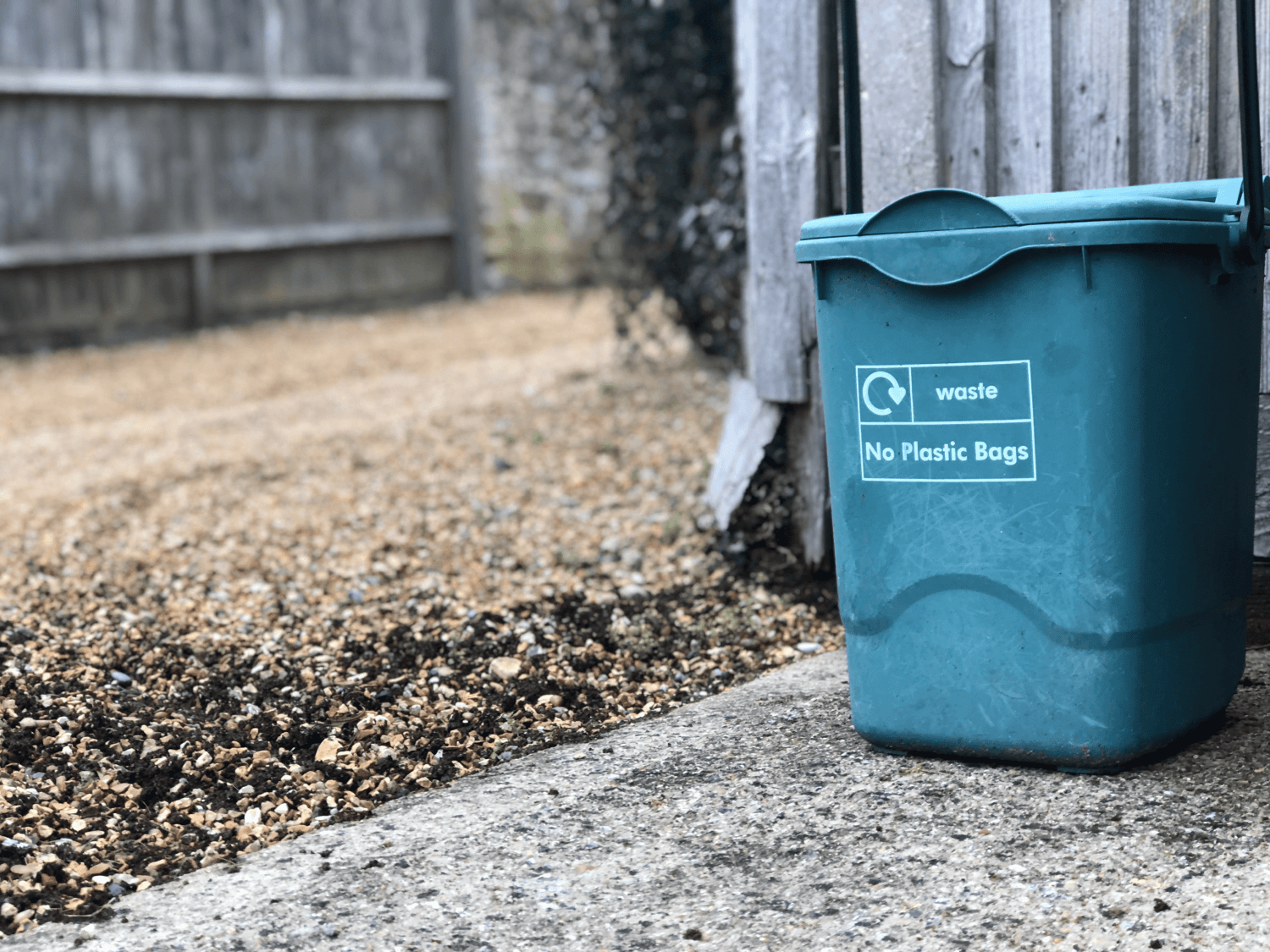
PCO: and advanced technology
A direct competitor of the HEPA filter is undoubtedly the PCO technology (photocatalysis oxidation) which, in our opinion and in the opinion of the scientific community, represents the present and the future of air purification.
In fact, many air purifier manufacturers are now using photocatalysis as a method to remove pollutants from the air and some of the major manufacturers that have always used HEPA are starting to add PCO air purifiers to their product lines.
Why is PCO so well known and appreciated?
PCO is an innovative air purification method that does not block pollutants such as HEPA filters, but eliminates them thanks to a particular chemical reaction, transforming them into harmless substances such as carbon dioxide (CO2) and water. So this transformation process makes the PCO filter more incisive than HEPA filters, which do not decompose harmful substances but only block them. This is why both our products Natede Smart and Eteria have a photocatalytic filter inside.
Another fundamental feature is that the filter does not need to be changed because, as there is no blocking of pollutants or materials to replace, the filter is perennial and doesn’t require maintenance or the purchase of additional materials. In fact, the catalyst during the chemical reaction that takes place on the filter is not consumed, thus making the coating durable over time. This undoubtedly implies significant economic savings and full respect for sustainability.
Analyzing the technical data of photocatalysis, we can also note how PCO filters have the ability to eliminate particles down to 0.001 microns, including the tiny penetrating particles that our lungs can absorb and cause damage (HEPA filters are capable of filtering only particles up to 0.3 microns).
Studies have also shown that in addition to VOCs, toxic gases, and chemicals, photocatalytic units can also make harmless many dangerous gases such as carbon monoxide and nitrous oxide - these are pollutants that can often escape standard units using only HEPA technology.
Natede Smart: the best choice for your home and office
Now that we have analyzed the substantial differences between the two purification methods, we can therefore state that the most convenient long-term solution is the photocatalytic filter.
And it is precisely for this reason that Vitesy chooses photocatalytic oxidation for its products, that is, to guarantee a performing, safe and green product.
In fact, the sustainable air purifier Natede Smart has a photocatalytic filter that uses a revolutionary nanomaterial, called Tungsten Trioxide, also known as WO3, which allows Natede Smart to be an air purifier with no filter to change.
The idea of Natede Smart came from a Nasa study which states that some types of plants are able to purify the air thanks to their growing medium.
Natede Smart enhances this power of phytoremediation of plants with the technology of photocatalysis. Thanks to the action of the LEDs installed inside the filter, it generates a special chemical reaction that eliminates pollutants without leaving residues or impurities.
The WO3 present in Natede Smart, compared to the action of HEPA filters, covers a wider spectrum of substances such as:
- Viruses
- Bacteria
- VOC (volatile organic compounds)
- Odors
- CO (carbon monoxide)
- NOx (nitrogen oxides)
thus creating an eco-sustainable device made of recycled materials and which exploits the power of nanomaterials to make your indoor air clean and healthy. In fact, the photocatalytic technology is excellent and very suitable for those suffering from asthma, allergies and chemical sensitivity to different substances.
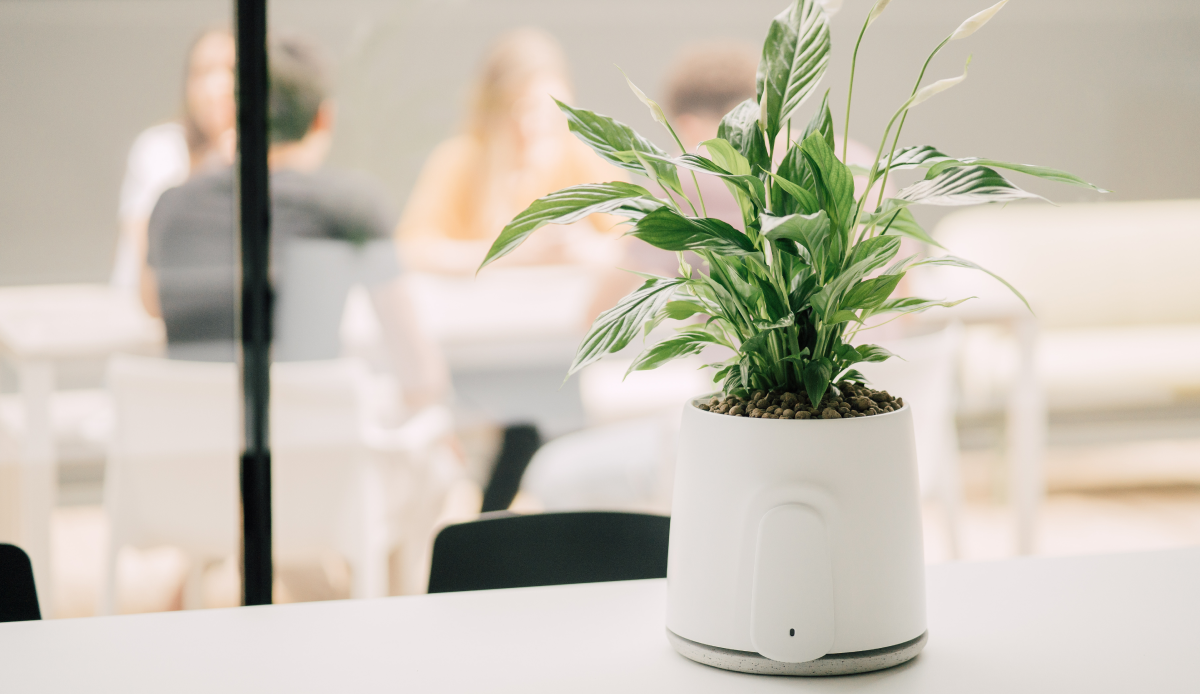
Eteria, the air purifier and monitoring system
The other solution we offer you is our compact air purifier and monitoring system: Eteria.
Eteria is an optimal solution because it combines the effectiveness of photocatalysis with portability, thus creating a high-performance, environmentally sustainable, and comfortable device that does not affect economically in the long term.
In addition to the purifying action, Eteria is equipped with cutting-edge monitoring modules that are able to precisely track the air quality of your room, giving you results in real-time, thus combining the purification action with that monitoring in a single elegant eco-sustainable device.
Do you want to find out more about our natural air purifier? Visit our campaign on Indiegogo where you can buy Eteria with a discount of up to 46%. Because breathing well means living well!
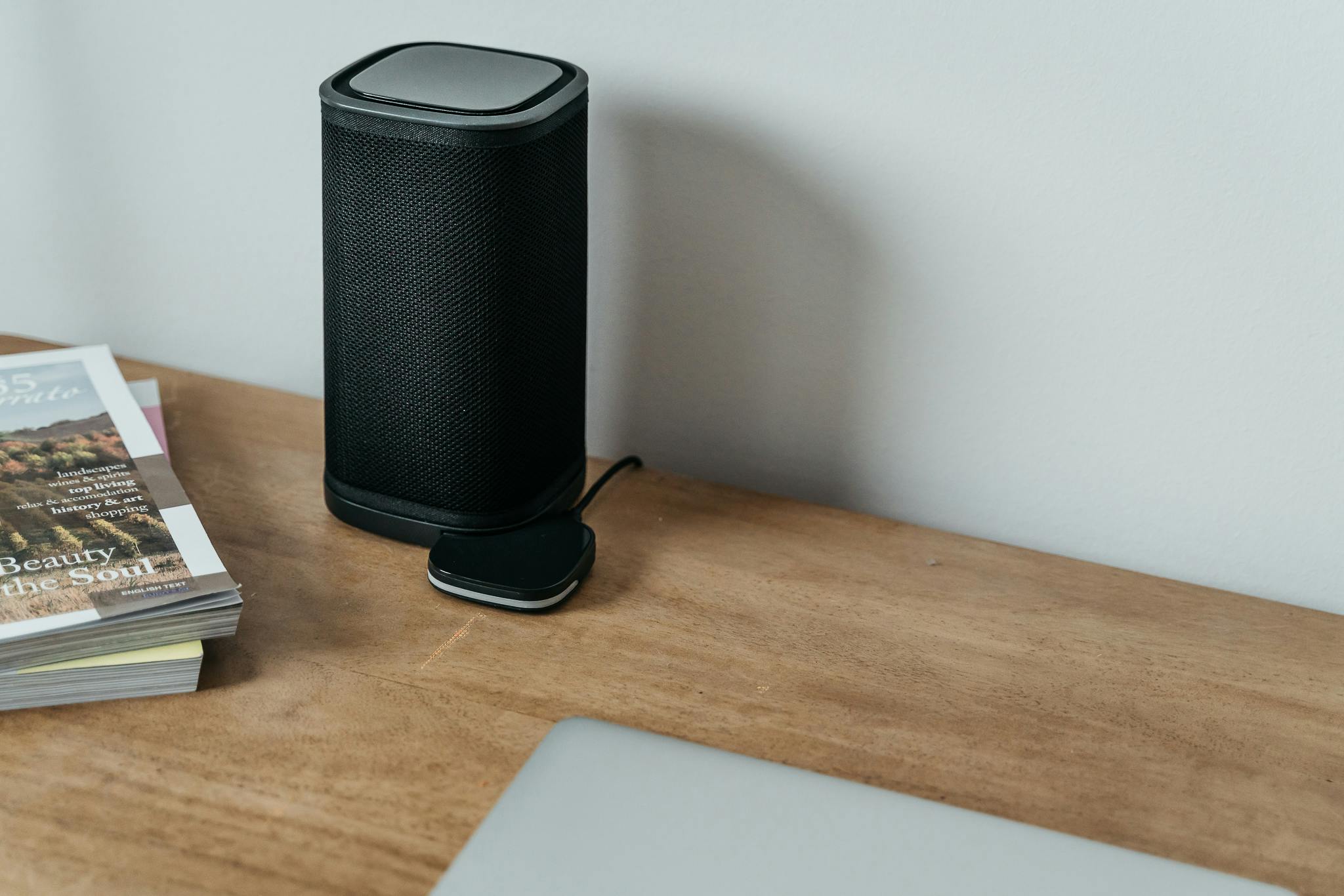
Natede Smart and Eteria are controlled via app
Both Natede Smart and Eteria are equipped with our "Vitesy Hub" app, which allows you the control the level of pollutants in real time thanks to their IoT technology.
You can analyze the level of:
- Temperature
- Humidity
- VOCs (Volatile Organic Compounds)
- Fine Particulate (PM 2.5)
- CO2 (carbon dioxide)
and you can change the air purifier settings and monitor your indoor air quality in every moment also when you're not at home or in your office.
Improve your breathing now! Start to live better with Vitesy product!
